
PIA08955: Spoke Set
|
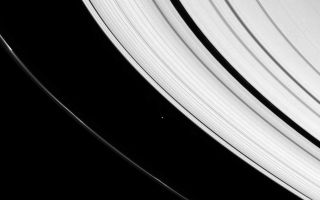
PIA08957: In-between Moon
|
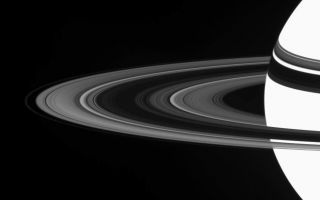
PIA08959: Difference on the Dark Side
|
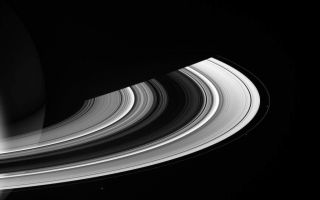
PIA08961: Entourage
|
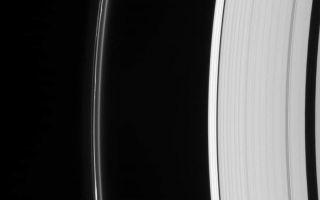
PIA08963: Odd Ring Out
|
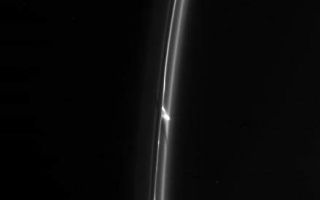
PIA08969: Object of Interest
|
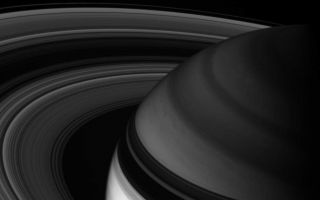
PIA08973: Depth Sounding
|

PIA08975: A-Ring Odyssey
|
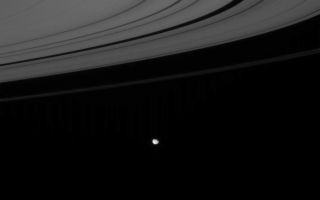
PIA08977: Waving to Janus
|
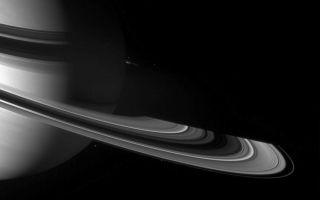
PIA08982: Nightside Vista
|
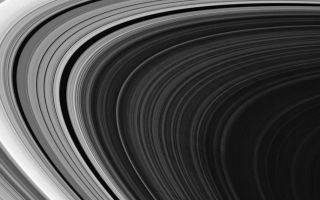
PIA08983: Puzzling Spokes
|
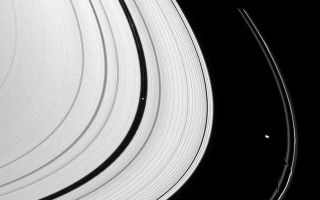
PIA08985: Three Meddlesome Moons
|

PIA08987: Northern Sights
|
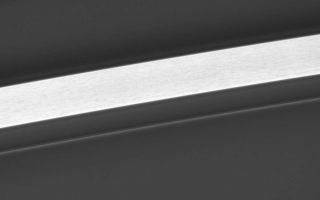
PIA08988: C-Ring Variations
|
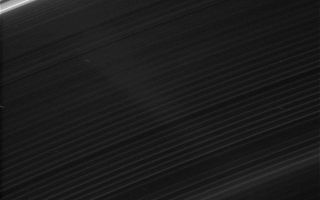
PIA08990: D-Ring Structure
|
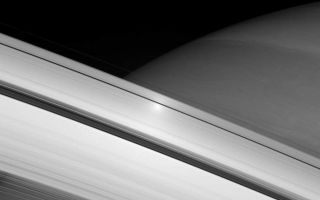
PIA08992: Surging Across the Rings
|
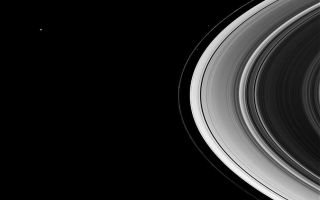
PIA08993: Mimas and the Shepherds
|
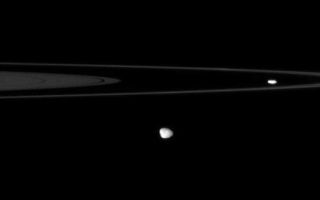
PIA08994: On Their Rounds
|
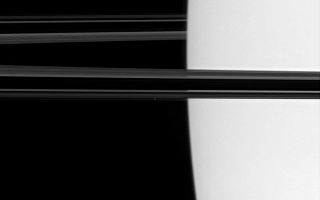
PIA08996: Sojourn at Saturn
|
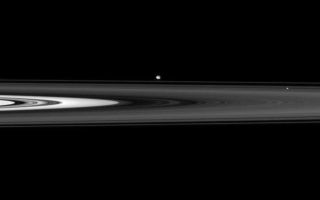
PIA08997: Across the Dark Ringplane
|
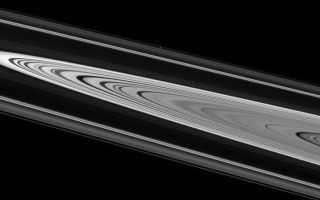
PIA08999: Sidelong View
|
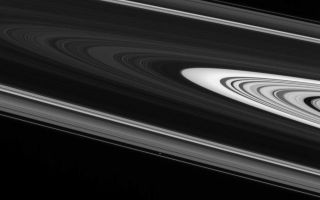
PIA09002: Across the Disk
|
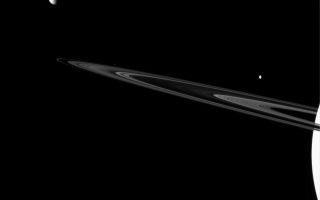
PIA09004: A Diverse Family
|
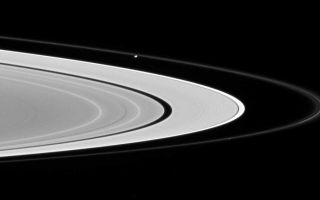
PIA09006: The Agitator
|
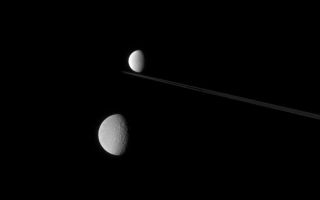
PIA09011: Crowded Sky
|

PIA09013: On Opposing Sides
|
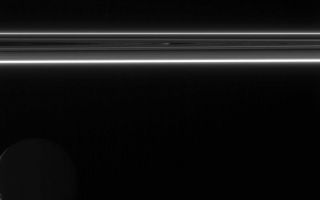
PIA09014: Darkside Lights
|
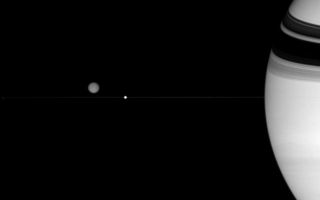
PIA09016: Trio Near the Rings
|
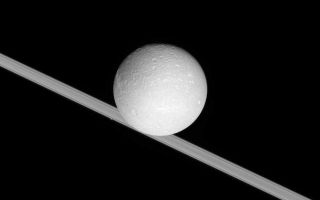
PIA09721: Inclined Dione
|
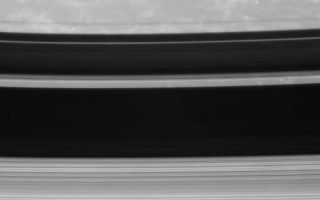
PIA09724: Moonwatching
|